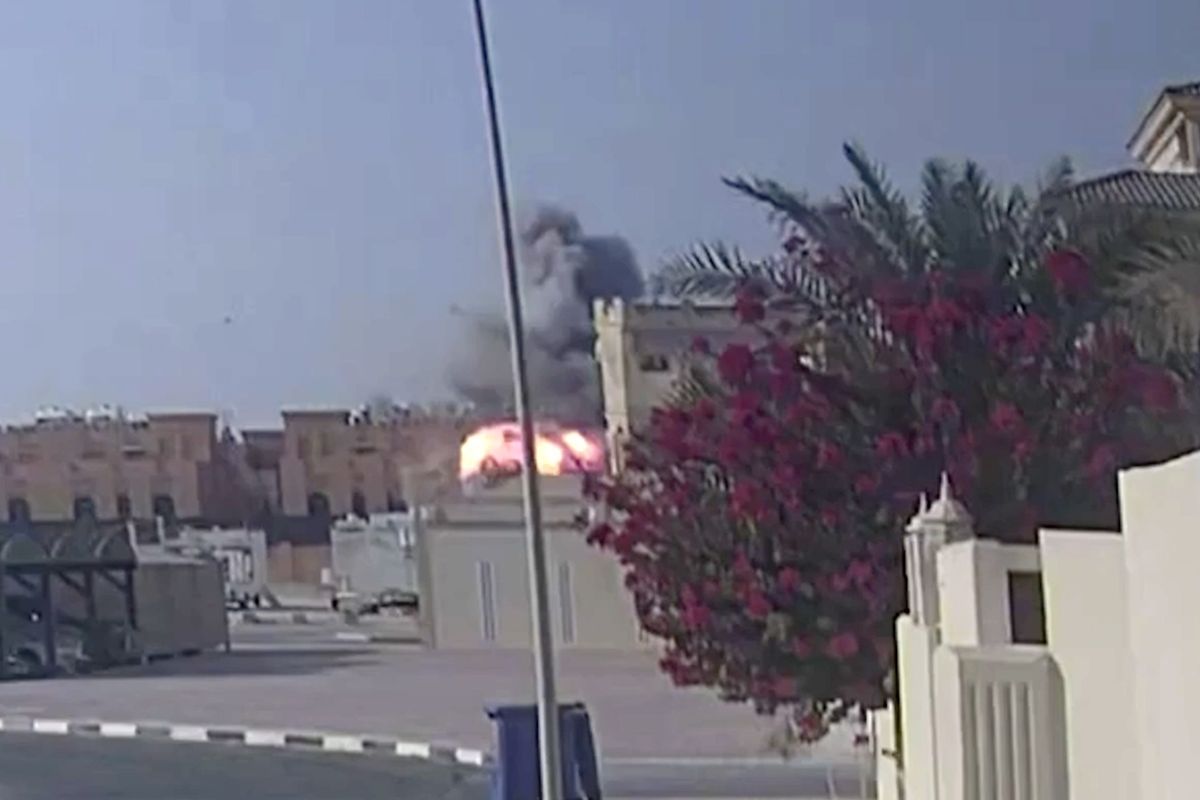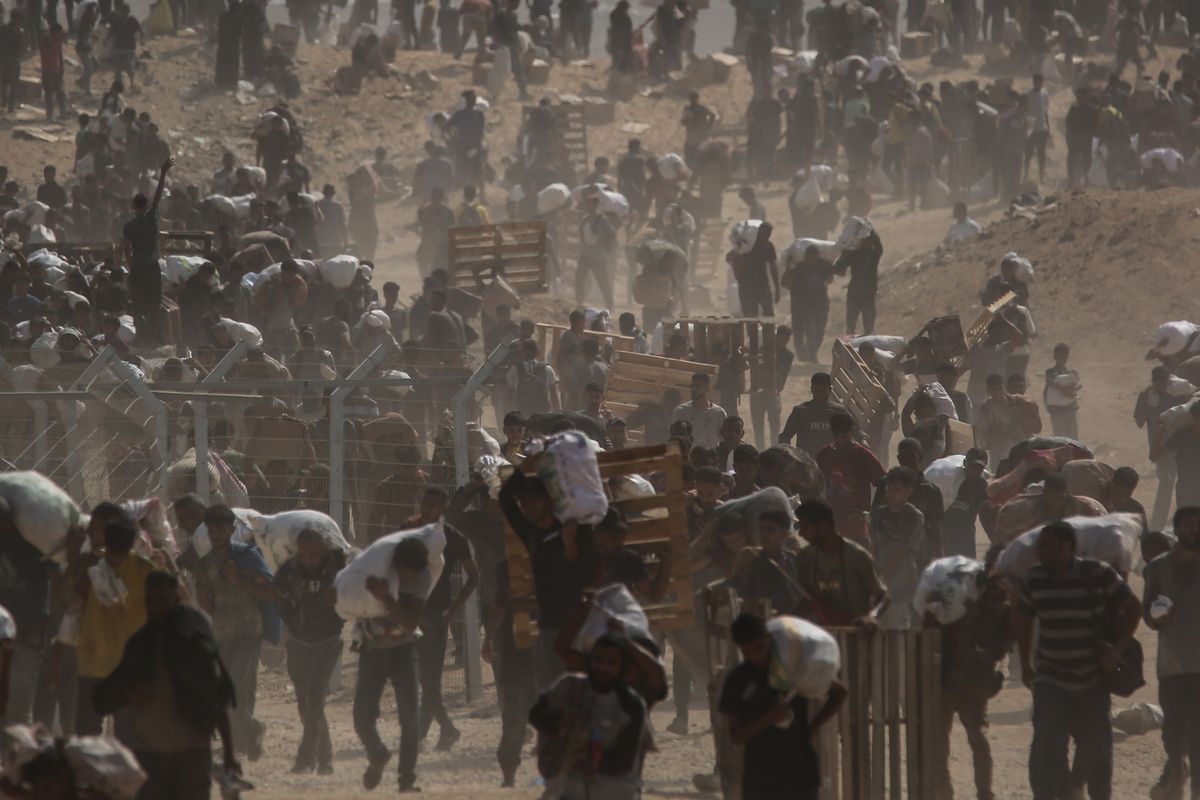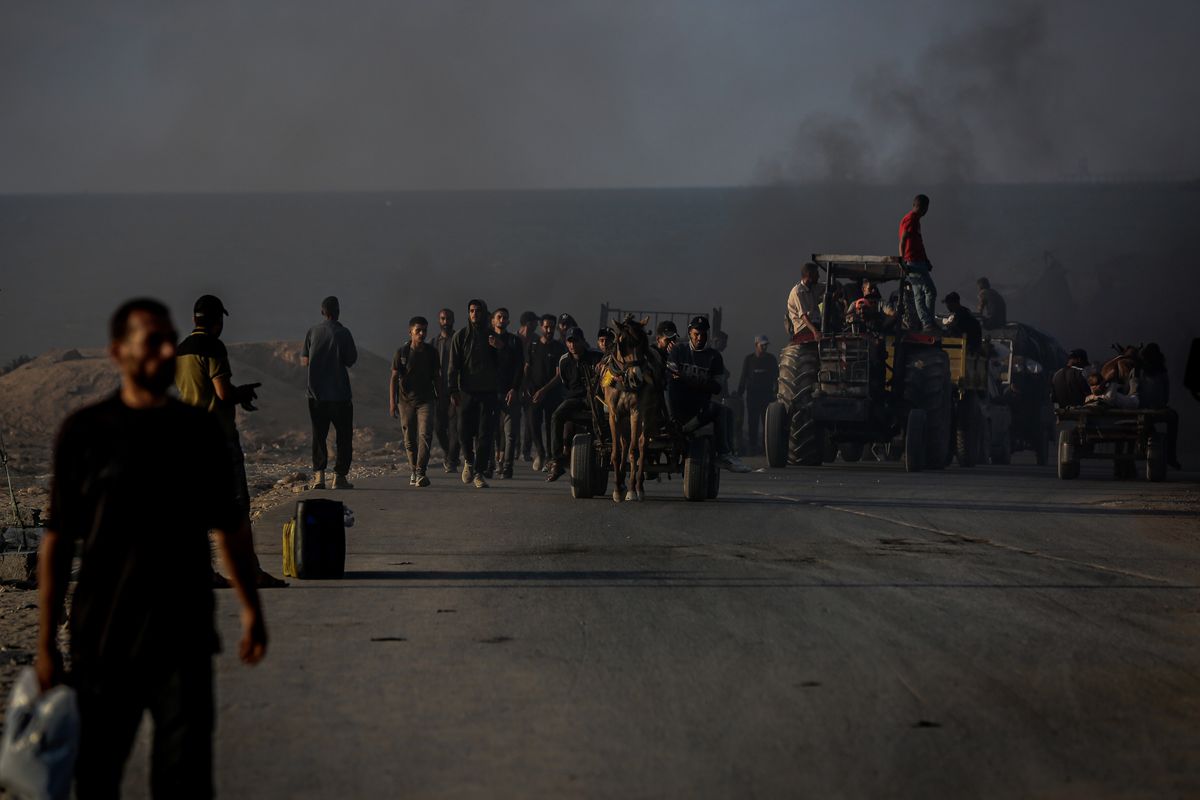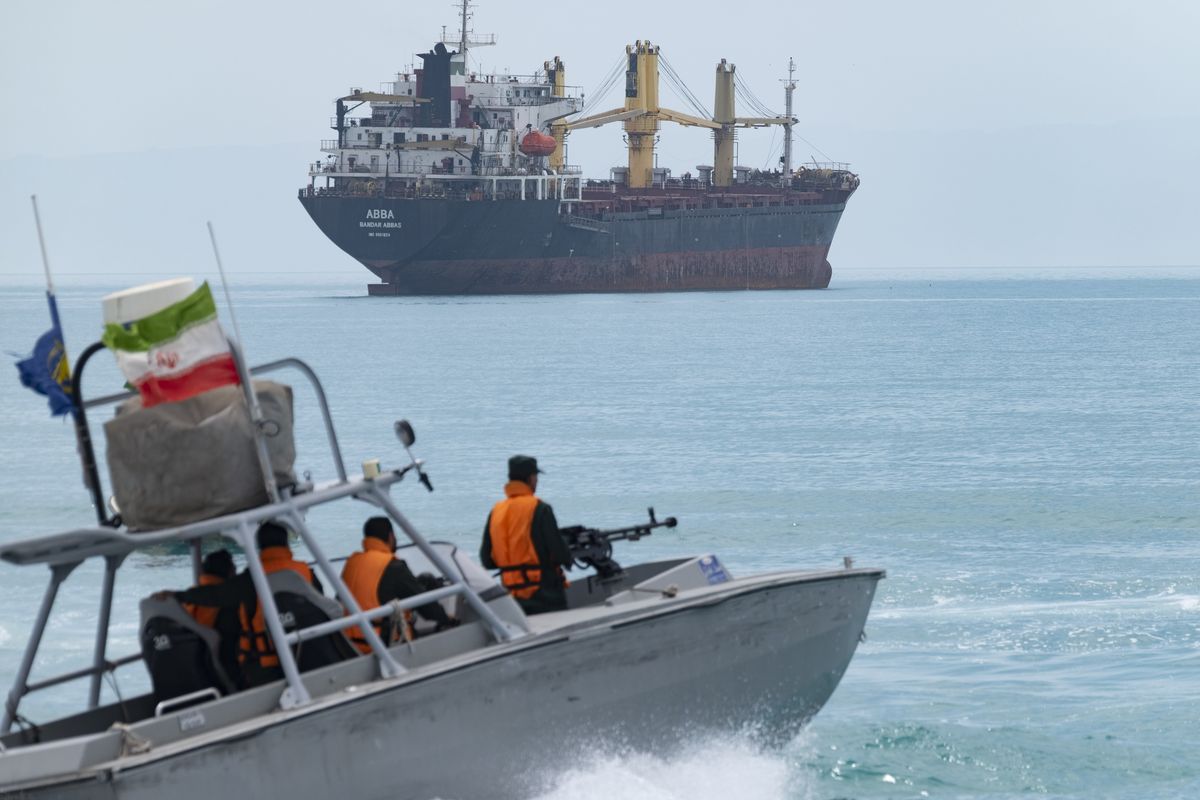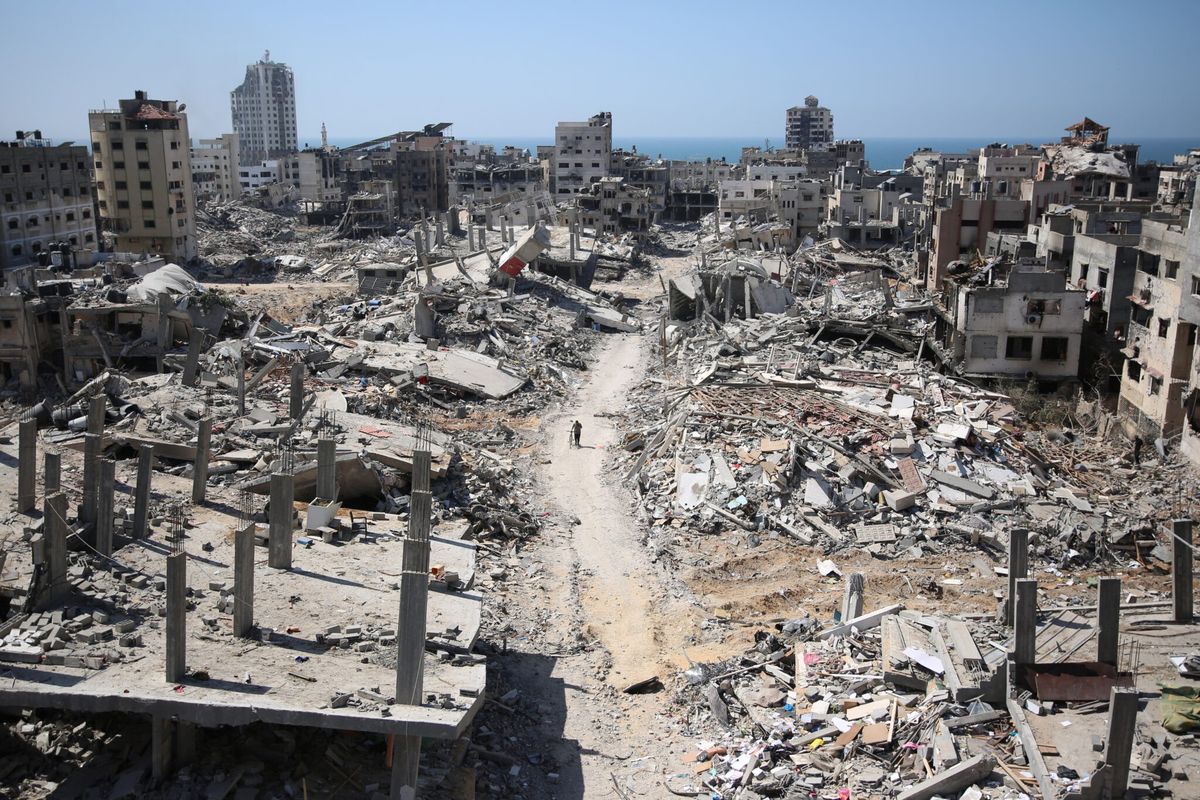On August 21, Hussein Jaber Ansari, Iran’s deputy foreign minister for Arab and African affairs, arrived in Beirut for a two-day official visit. A detail that did not escape notice: during his 48 hours on the ground in Lebanon, the Iranian diplomat failed to schedule a meeting with Saad Hariri, who happens to be no less than prime minister and “incidentally” the principal representative of the Lebanese state under its constitution.
This public thumb in the eye, openly directed by the Syro-Iranian camp against the pro-Western, pro-Saudi March 14 coalition, crowns years of continued, steady advances by Iran and its allies in the Middle East region, but also, in a more local fashion, by Hezbollah, on the Lebanese chessboard. Unquestionably, the rise in power of both is connected, but Hezbollah has particularly succeeded in converting its regional success into national dividends.
The origins of Hezbollah’s current strength
Contrary to what most opinion (in the West as well as in the Arab and Muslim worlds) predicted at the time, Hezbollah’s intervention on the side of Bashar al-Assad’s forces on the Syrian battlefields, beginning in the spring of 2013, has turned out to be a formidable springboard for the organization on the regional as well as national level.
There is a tendency to single out Russia or Iran as the principal victors and beneficiaries of the Syrian crisis. However, it is really Hezbollah that, thanks to its successive and notable victories in battling the Free Syrian Army, Jabhat al-Nusra (now part of Hay’at Tahrir al-Sham), and the Islamic State, is de facto driving the prevailing balance of power in Syria. It is therefore not surprising that the Russian general staff in Syria insists on Hezbollah’s field officers attending their meetings even ahead of the Syrian officers, nor is it astonishing that high-ranking Pasdaran (IRGC officers) have, for some years now, acknowledged that Hezbollah is less trained by the IRGC than the other way around.
In Lebanon, Hezbollah’s intervention in Syria early on met with stiff opposition from the March 14 coalition, which had just come out in official support of the Syrian Revolution. Bloody reprisals carried out on Lebanese (mainly Shiite) territory from 2012-2015 by certain groups opposed to Assad as “punishment” for Hezbollah would add grist to their mill.
However, the massive, coordinated attack in August 2014 by IS and Jabhat al-Nusra against the town of Ersal (located on the Syrian border in central Lebanese Bekaa) would damp down the volume of criticism. The Sunni Jihadist menace coming from Syria was no longer seen as a specter raised by Hezbollah as propaganda for justifying its intervention on the side of a regime engaged in massacring its civilian population; the threat became credible, and from then on, a Lebanese problem.
Like it or not, whereas the Bekaa region had been shelled as early as 2012 by Jihadist groups based across the border, calm was restored to the area within months after Hezbollah’s intervention. One of its focuses from the start had been on creating a buffer zone to protect Lebanese border areas. Successive victories year after year against the Jihadist groups in Syria and the end of attacks on Lebanese territory would progressively confine the harshest anti-Hezbollah rhetoric to the most radical (and powerless) voices within March 14.
Certainly, Hezbollah’s internal policies have helped it a great deal. Drawing legitimacy from its Syrian successes (and the failures of Saudi Arabia vis à vis Iran in the region), Hezbollah managed, in 2015 and 2016, to impose its political influence on the only credible candidates in the presidential election. After the office had sat vacant for 29 [!] months, Hezbollah finally got its ally, Michel Aoun, elected to the presidency and negotiated the return of Saad Hariri – the pro-Western, pro-Saudi Sunni, as prime minister – in exchange for Hariri’s reliable commitment to stop questioning Hezbollah’s strategies or objectives. With these moves, Hezbollah defused any source of effective antagonism to its policies.
The odds of a new war with Israel
Among the possible scenarios that Hezbollah’s new influence on the regional balance of power – and, as a corollary, on Lebanese politics – might spawn, is that of a new war with Israel. However, the case for such a scenario is extremely weak.
There is no appetite, either on the part of Hezbollah or Israel’s general staff, for another great confrontation. Neither camp has anything to gain from a renewed conflict.
Since the militarization of the Syrian crisis, repeated Israeli attacks against Hezbollah convoys in Syria rarely drew responses, and if they did, these were so low-key as to suggest that Hezbollah was wary of escalating matters.
My interviews with senior Hezbollah military officers in Beirut did make clear that Hezbollah was “ready to deal with any new attack from the South,” and that it “kept its elite forces and resistance infrastructure in Lebanon in a state of alert.” Moreover, without doubt, Hezbollah can be sure that most of the Lebanese population (nearly all Shiites, most Christians, and a significant number of Sunnis) would support it if Israel attacked. And, as mentioned earlier, the Hariri government in 2017 is too much under control to throw a wrench into Hezbollah’s wheels the way March 14 did in 2006.
All the same, Hezbollah’s leadership seems inclined to limit the number of fronts on which it would have to engage militarily. In May this year for instance, it redeployed hundreds of fighters from the border with Syria to battlefronts deeper in Syria’s interior. It is thus highly unlikely that Hezbollah would welcome with any degree of enthusiasm being “distracted” by the opening of a new front through a military face-off against Israel.
Same story on the Israeli side: Major General Amir Eshel, who just stepped down from command of the Air Force, was happy to state as recently as a few days ago that his forces endeavored to “prevent Israel from going to war.”
Besides, if Israel wanted a rematch with Hezbollah, it would have to succeed in establishing precise objectives. Its forces already tried to destroy Hezbollah’s civilian infrastructure in 2006: all of it was reconstructed in five years or less. Destroying Hezbollah’s military organization and its bases had also been tried, at the cost of a ground invasion lasting several days in August that, tellingly, ended in a failure for which the Israeli media beat up the political and military classes for months. The Winograd Commission, charged with an inquiry into the offensive, led to the dismissal of the Israeli military’s chief of staff Dan Halutz, followed by the fall of Ehud Olmert and Amir Peretz, respectively prime minister and minister of defense at the time.
New weaponry acquired by Hezbollah since 2006 (anti-aircraft defenses, drones, long-range rockets capable of reaching Tel-Aviv, or even the nuclear reactor at Dimona in the south), as well as the skills of Hezbollah fighters honed on the Syrian battle fields and trained by Russia in the latest weapon types, also weigh heavily in the balance for those in Israel who prefer the status quo.
The Israeli leadership has, repeatedly and emphatically, insisted that it will not tolerate an Iran-Hezbollah presence on the Golan borders. Nevertheless, since a general escalation remains unlikely, the most likely scenario is one in which the Israeli army must content itself with sending Hezbollah timely, localized “reminders,” with Hezbollah opting for a restrained response – or none at all.
In short, this is a return to the status quo ante, which prevailed at the time of the occupation of South Lebanon. Israel has lived with Hezbollah forces positioned along its border due north since the year 2000. Like it or not, Israel is going to have to resign itself to the same dynamic along its northeast border. At least as long as Hezbollah remains in Syria.



